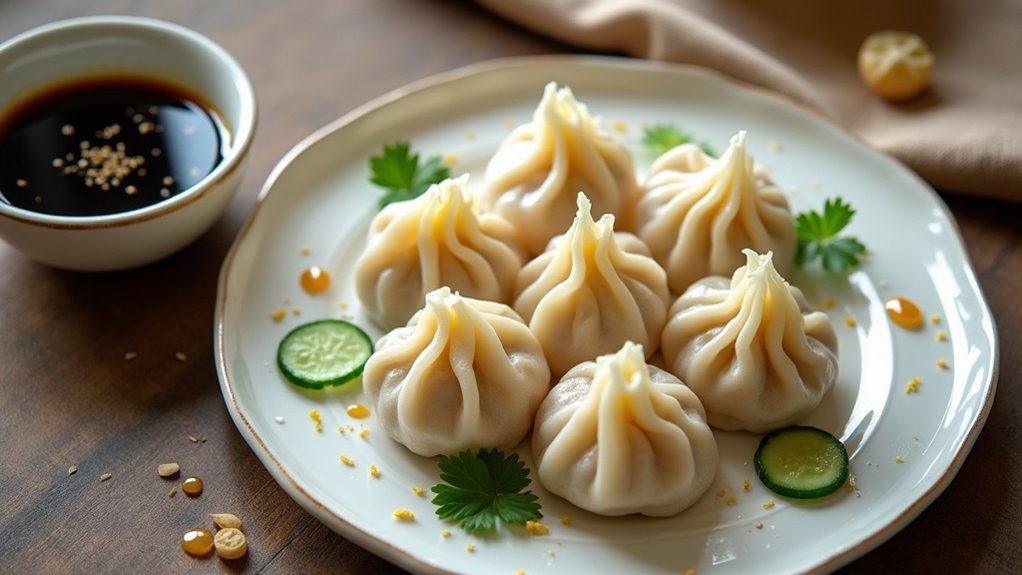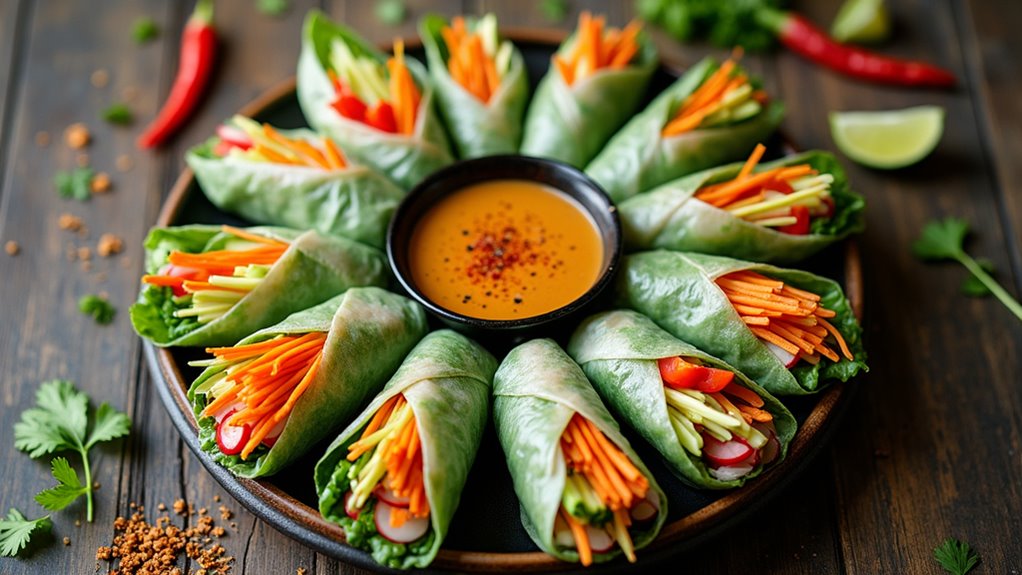Silky Japanese Egg Tofu Comfort Food at Its Best
This homemade Silky Japanese Egg Tofu Comfort Food at Its Best is absolutely delicious and surprisingly easy to make. You’ll love how amazing your kitchen smells!

Why I Love This Recipe
I discovered this Silky Japanese Egg Tofu Comfort Food at Its Best at a local place and immediately knew I had to learn how to make it at home. The flavors are so well-balanced, and it’s actually quite straightforward once you know the technique. My family requests this regularly now – it’s become one of our go-to meals.
Ingredients You’ll Need
Here’s what you’ll need – nothing too fancy, just good ingredients that work together beautifully.
- See recipe card for ingredients
Step-by-Step Instructions
Let’s break this down into easy steps. Take your time with each one – there’s no rush!
Follow recipe instructions for preparation.
How Do I Know It’s Ready?
Here are the key visual and sensory cues to ensure perfect results every time.
Frequently Asked Questions
Yes! This Silky Japanese Egg Tofu Comfort Food at Its Best can be prepared a day in advance. Store in the fridge and reheat gently.
Most ingredients can be substituted. Check the recipe notes for specific alternatives.
The spice level is adjustable. Start with less chili and add more to taste.
This recipe serves 4-6 people. Easy to double for larger groups!
Final Thoughts
Making Silky Japanese Egg Tofu Comfort Food at Its Best at home gives you complete control over ingredients and flavors while building valuable cooking skills. Each time you prepare this recipe, you’ll gain confidence and likely discover your own preferred variations.
Remember that cooking is about experimentation and enjoyment. Don’t worry if your first attempt isn’t perfect – that’s all part of the learning process that makes home cooking so rewarding.



